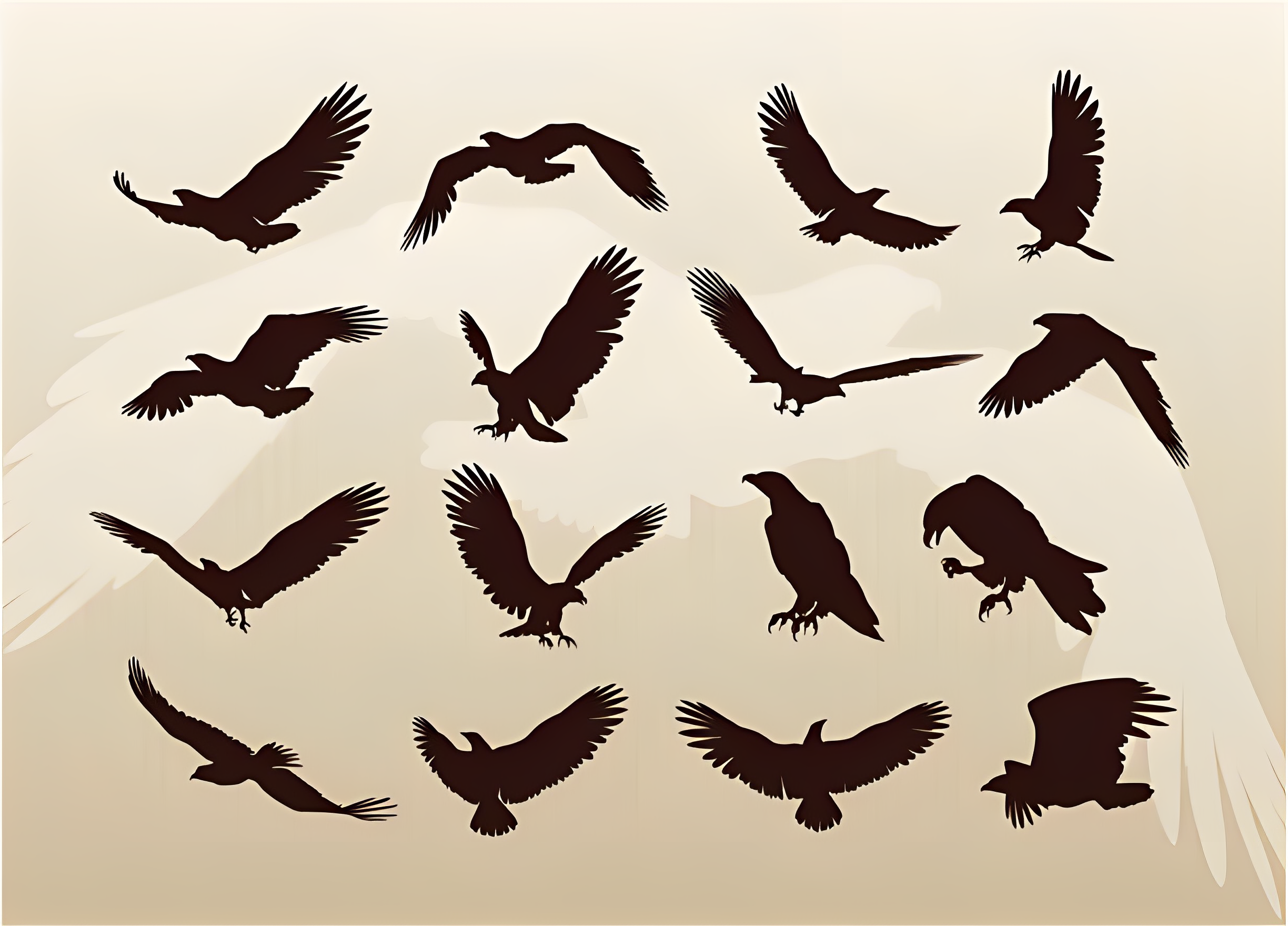Largest Eagles in the words
Eagles are large birds of prey known for their impressive size, powerful beaks, keen eyesight, and strong, hooked talons. They belong to the family Accipitridae and are characterized by their robust bodies, broad wings, and excellent flying abilities.
If you're a birder or simply interested in wildlife statistics, you might wonder, "What are the world's largest eagles?" While all eagles are enormous birds, some are bigger than others.
In the following article, we look at the largest eagle species so you know what to look for on your next journey.
1.Philippine Eagle
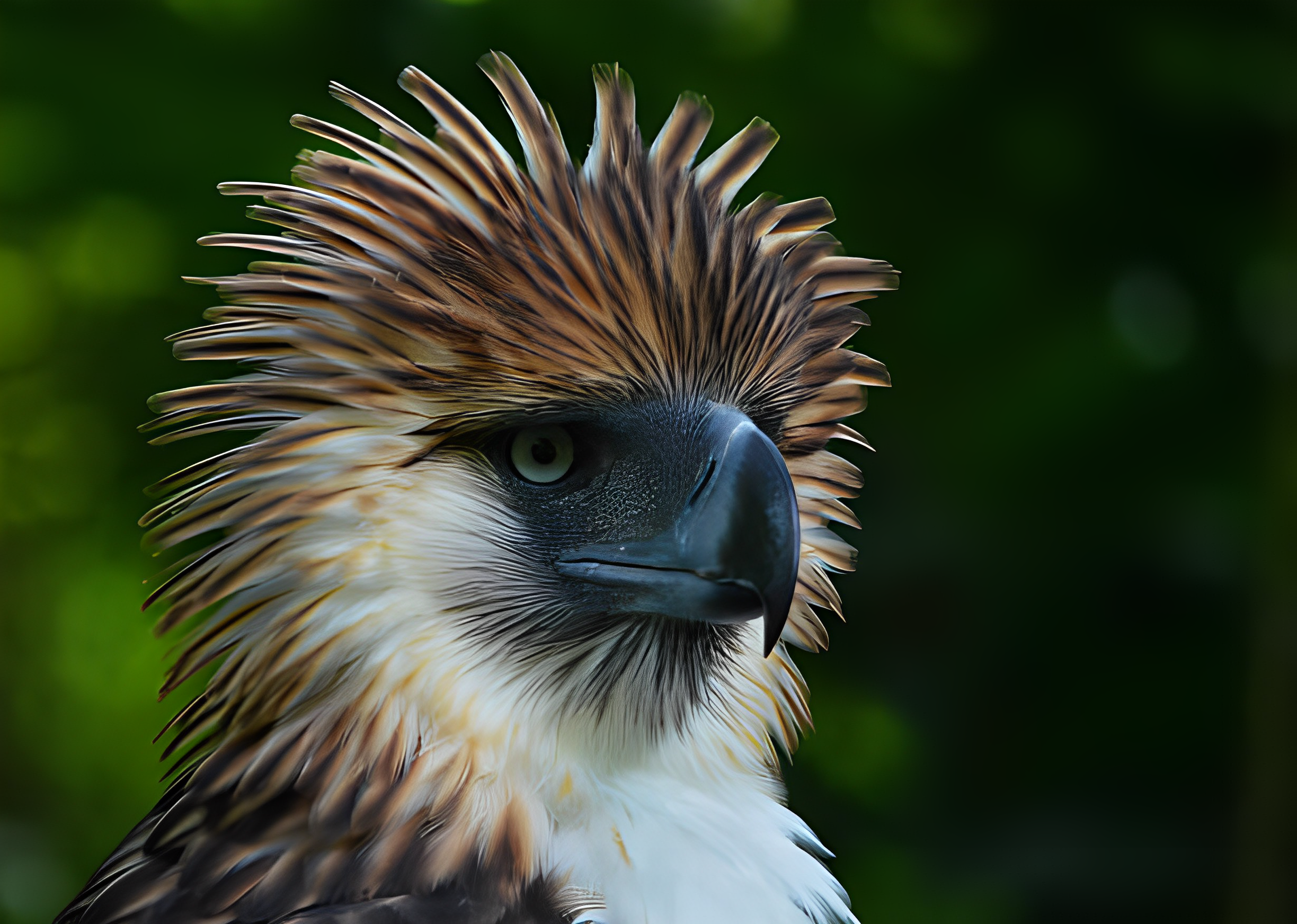
The Philippine Eagle is one of the largest and most majestic eagles globally, native to the Philippines, with a wingspan that can reach up to approximately 7 feet (2.1 meters).
With creamy-brown feathers, blue-gray eyes, and strong dark claws, this large predator stands out. It has an average wingspan of two meters and weighs between 3.6 and 8.2 kg.
2.Harpy Eagle
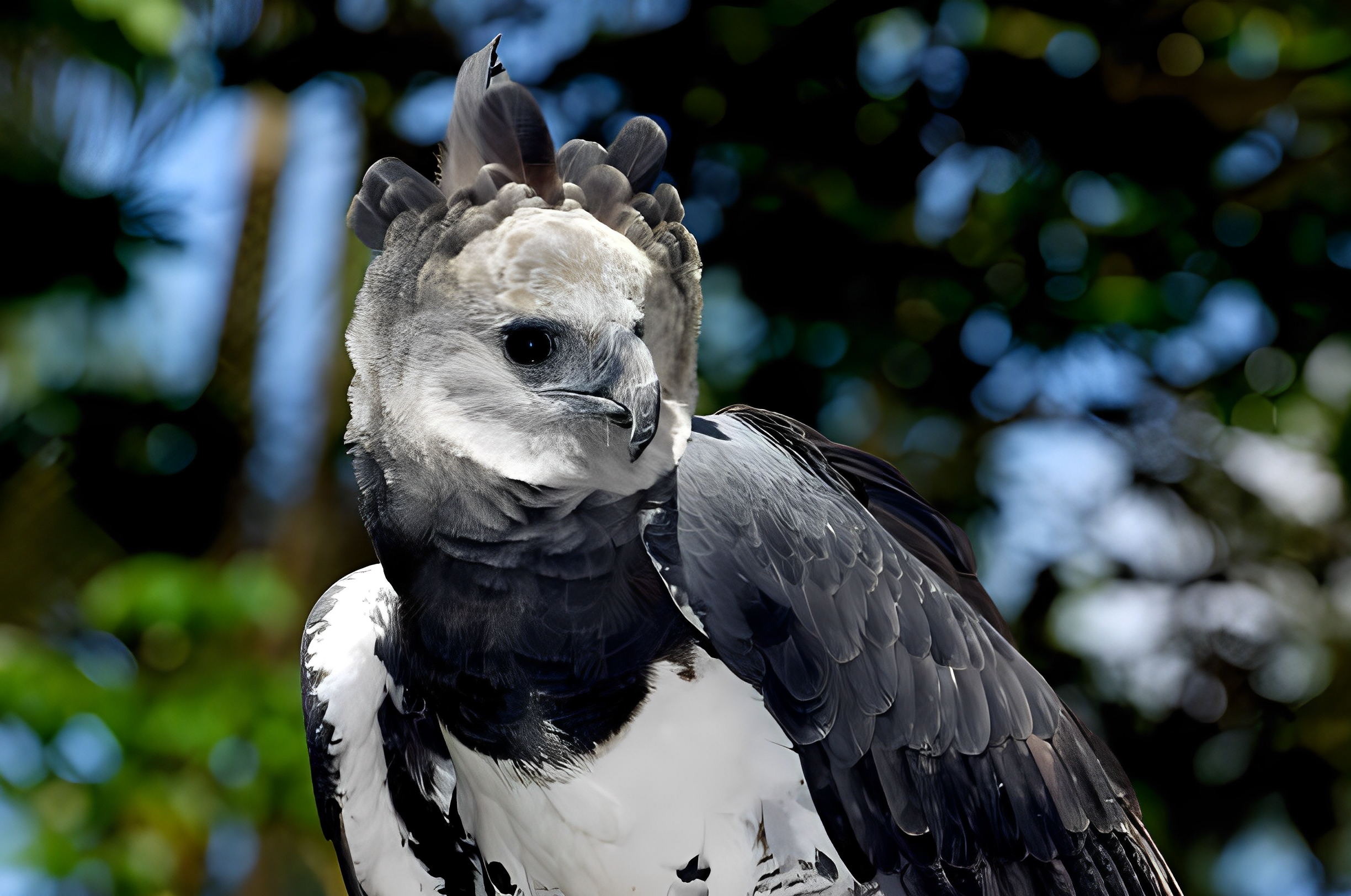
Found in Central and South America, the Harpy Eagle is renowned for its powerful build and robust talons, with a wingspan of up to about 6.5 feet (2 meters).
The harpy eagle is the national bird of Panama and one of the most powerful birds of prey. They have unusual coloring, with white undersides, gray heads, and black backs, wings, and breasts.
3.Steller's Sea Eagle
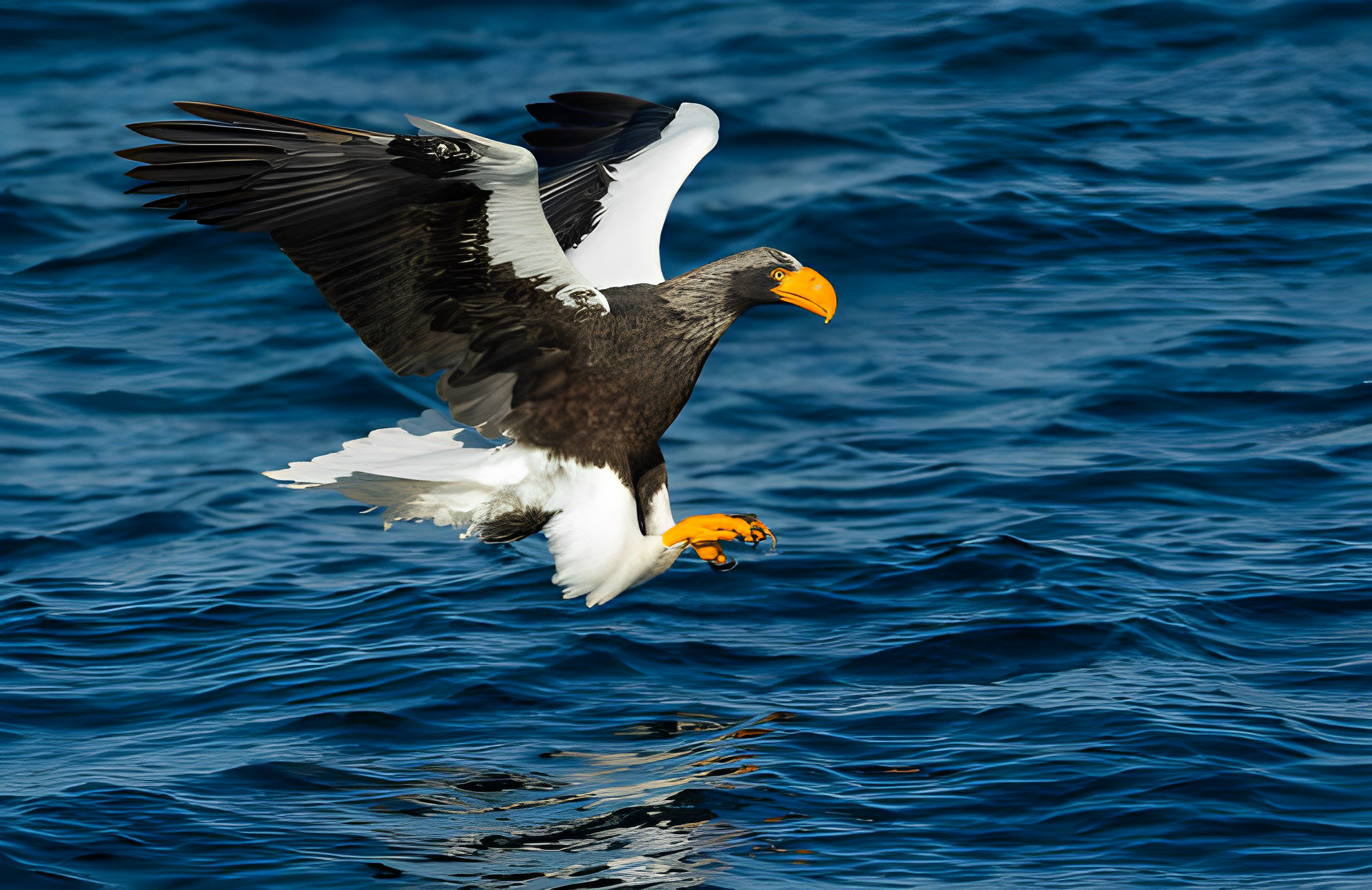
Native to coastal northeastern Asia, Steller's Sea Eagle is known for its large size and impressive hooked bill, boasting a wingspan of approximately 6.9 feet (2.1 meters).
Steller's Sea Eagles are awe-inspiring birds that are admired for their size, beauty, and hunting abilities. Protecting their habitats and ensuring their continued survival is essential for maintaining healthy ecosystems.
4.White-tailed Eagle
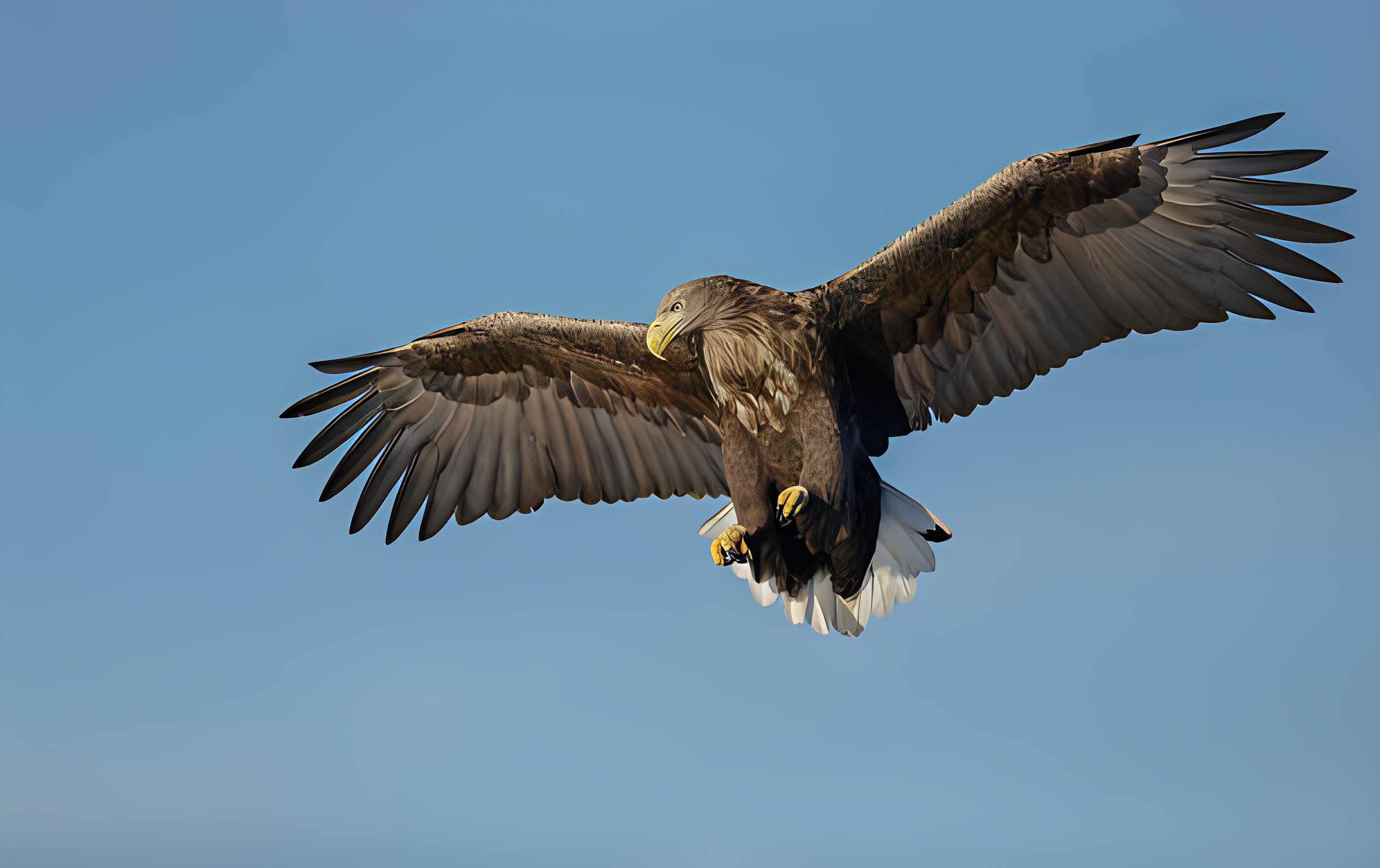
Also called the Sea Eagle, this bird is found in Europe and parts of Asia, with a wingspan that can measure up to around 8 feet (2.4 meters).
White-tailed eagles range in length from 66 to 94 centimeters and weigh an average of 5 kilograms. If you're asking, "what is Europe's largest eagle?" the white-tailed eagle is the answer.
5.Bald Eagle
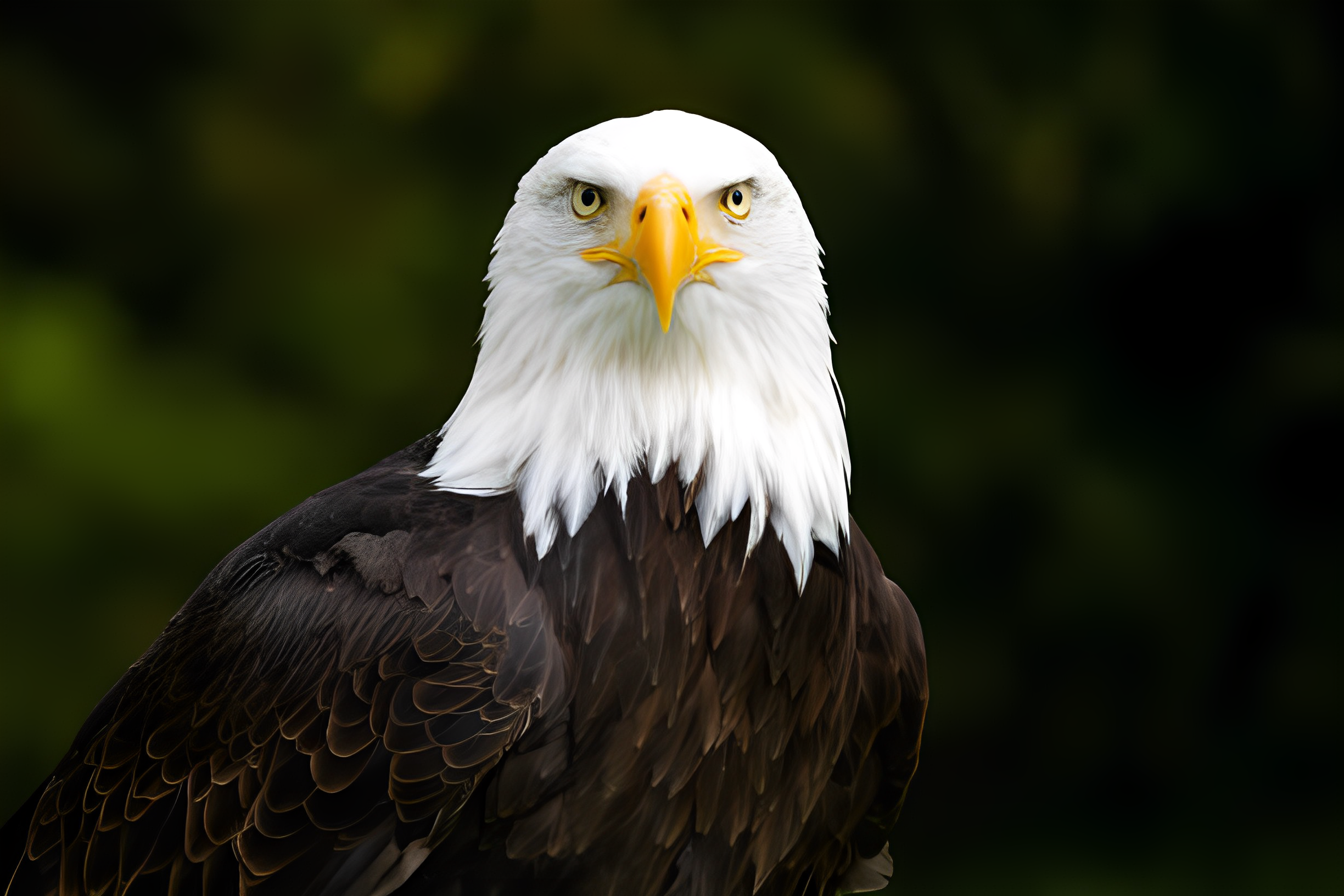
The Bald Eagle is the national bird of the United States, recognized for its distinctive white head and tail, and can have a wingspan of up to about 7.5 feet (2.3 meters).
It has a dark-brown body and wings, with a white head and tail. Its striking look is enhanced by its bright beak, eyes, and feet.
While the name suggests that this bird is bald, it actually has a full head of white feathers.
6.Wedge-tailed Eagle

The wedge-tailed eagle is Australia's largest bird of prey. They can be identified by their dark brown bodies, pale beaks, white feet, and wedge-shaped tails.
So, how massive are these eagles? Wedgies weigh between 3-5.3 kg and this eagle has a wingspan of approximately 8.4 feet (2.6 meters), making it one of the largest raptors in the country. Their average length is between 100 and 120 cm.
7.Martial Eagle
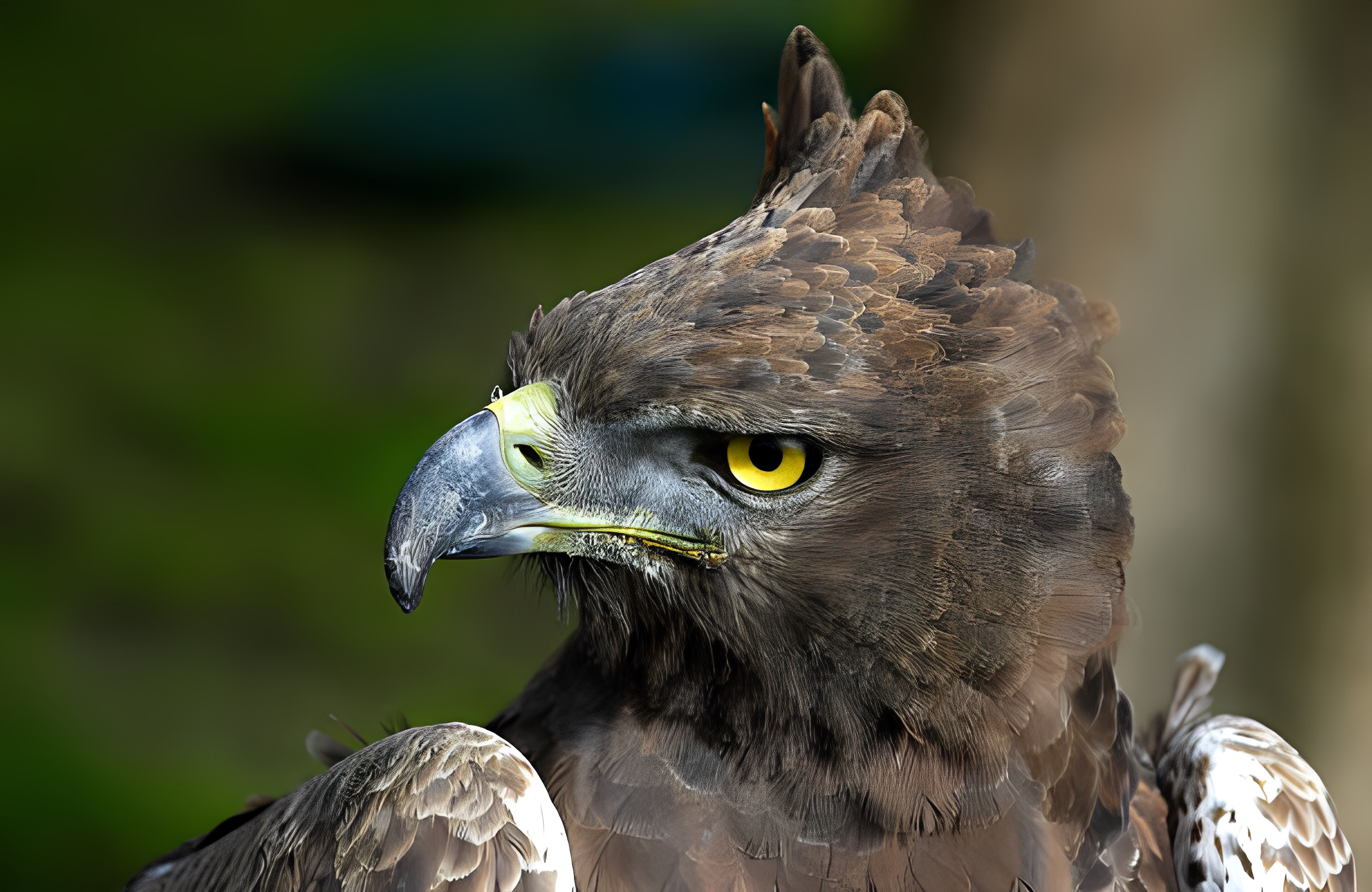
Found in sub-Saharan Africa, the Martial Eagle possesses a wingspan of around 6.5 feet (2 meters) and is known for its predatory skills, preying on various animals.
Martial eagles have excellent vision. It's actually three times better than humans! They can detect prey across a five-kilometer range. Their long, pointed talons can easily kill small animals.
8.Golden Eagle
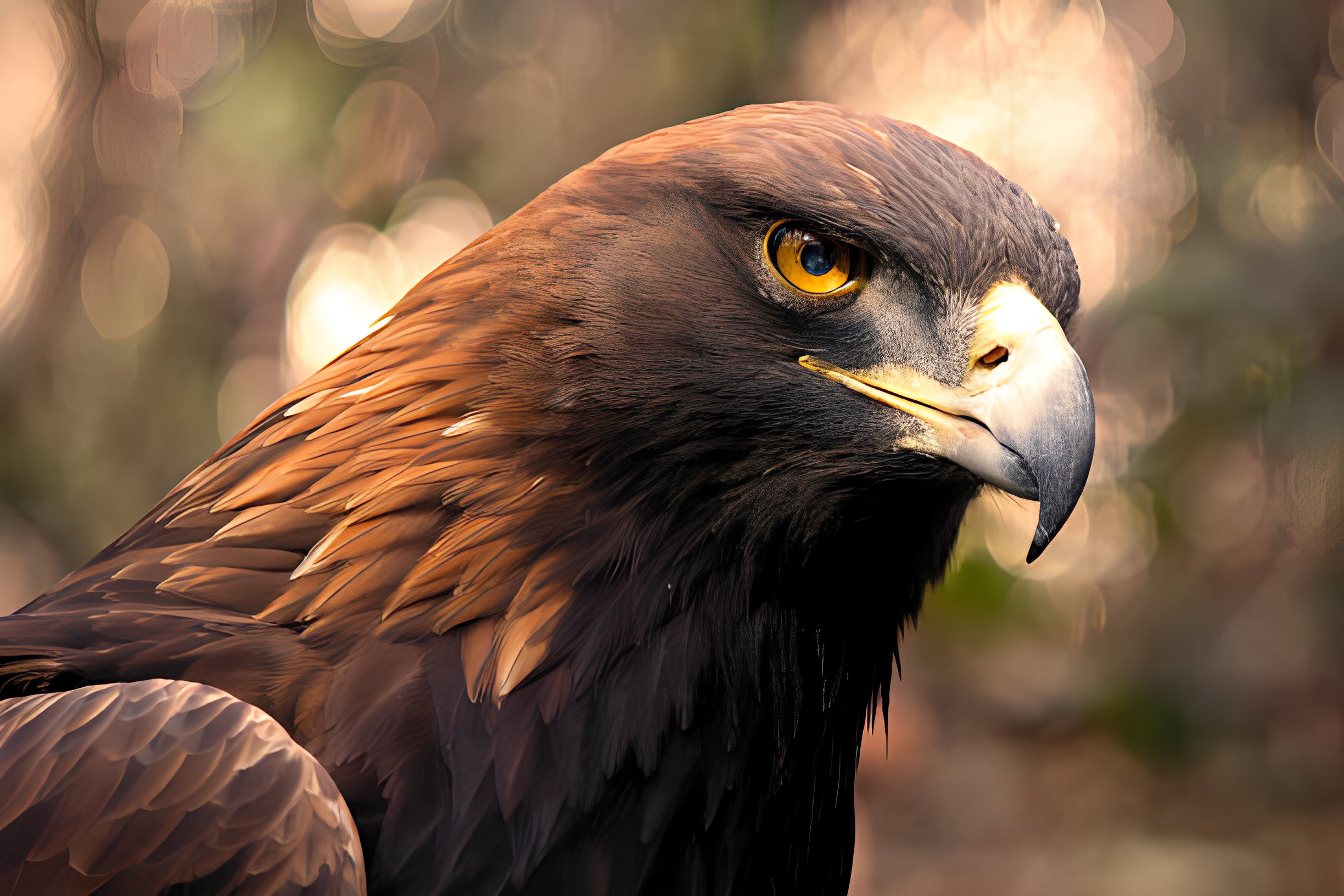
Golden eagle is the Biggest eagle in North America, Widely distributed across the Northern Hemisphere, the Golden Eagle has a wingspan of about 7.5 feet (2.3 meters) and is renowned for its agility and hunting prowess.
The golden eagle population in North America is stable, and these magnificent birds can also be found in Europe, Asia, and parts of North Africa. They prefer open ground and can be found in mountains, foothills, and plains.
Look up in the tree tops or cliff ledges for a nest if you ever find yourself in an isolated spot among grasslands in North America!
9.Verreaux's Eagle
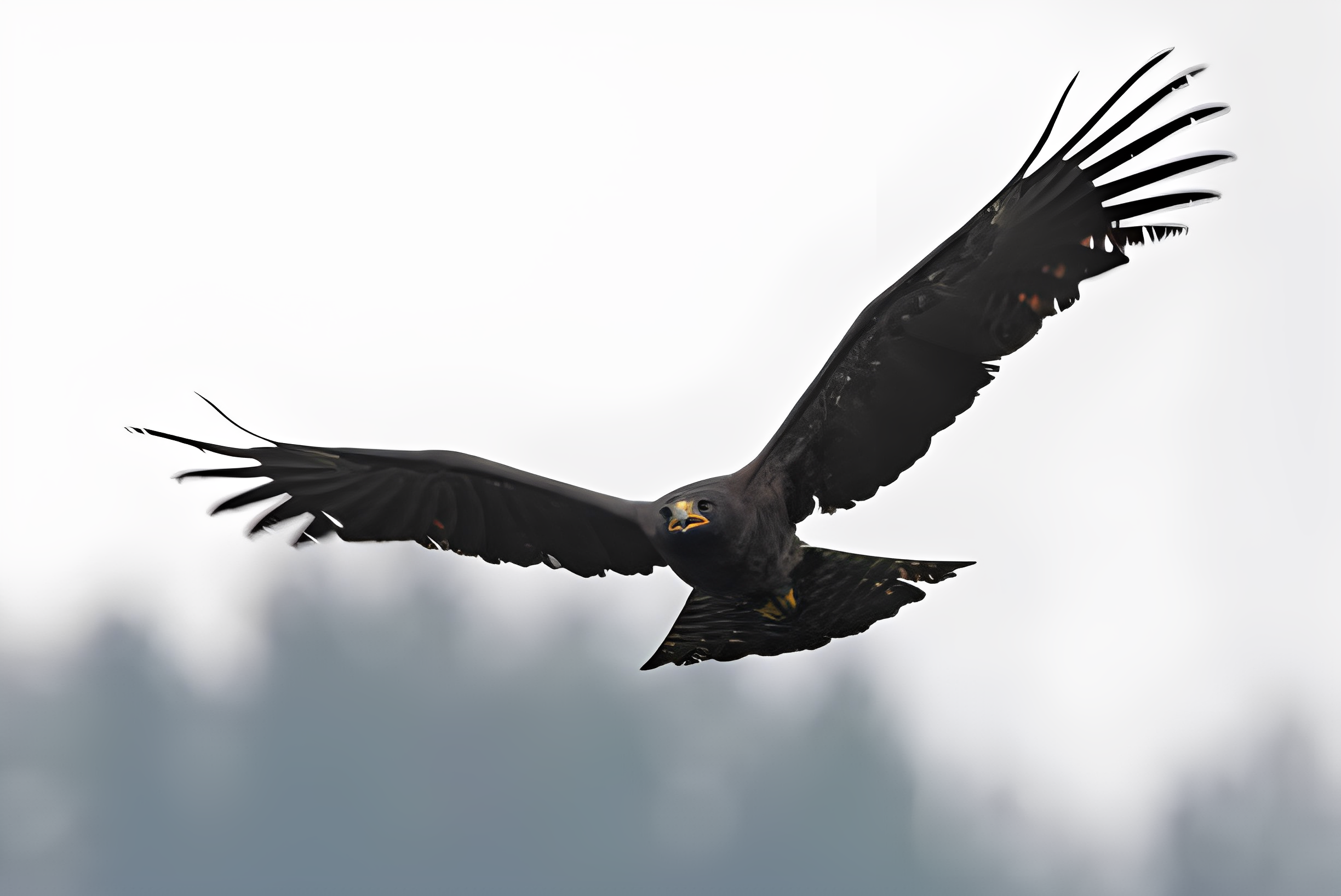
Found in parts of southern and eastern Africa, Verreaux's Eagle has a wingspan of approximately 6.6 feet (2 meters) and inhabits mountainous regions.
Verreaux's eagles engage in "obligate siblicide." Females deposit one to two eggs each clutch with an incubation period of 38-41 days. When two chicks hatch, the little one usually dies from malnutrition or bullying by its older sibling.
10.Wahlberg's Eagle
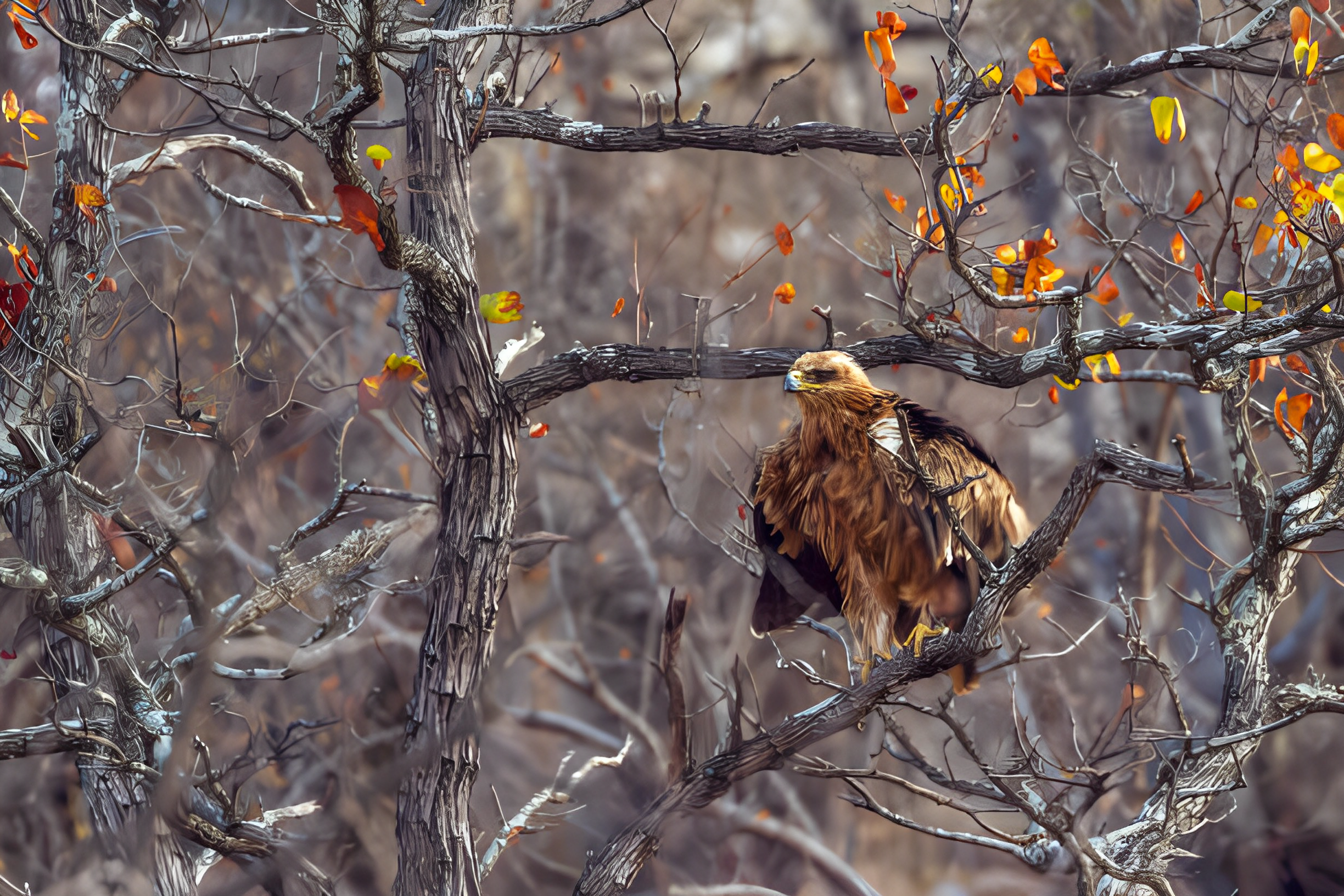
This African eagle, with a wingspan of around 5.6 feet (1.7 meters), occupies savannahs and wooded areas, preying on small mammals and birds.
What Was the World's Largest Extinct Eagle?
The Haast's Eagle , also known as Harpagornis, was one of the largest and most formidable eagles known to have existed, and it eventually became extinct. Native to New Zealand, the Haast's Eagle was an apex predator in its ecosystem, preying on large flightless birds called moa.
Key points about the largest angle in the world [Haast's Eagle]:
Size:
- It was a massive eagle, with an estimated wingspan of up to approximately 8 to 10 feet (2.4 to 3 meters). It had robust legs, strong talons, and a powerful beak.
Extinction:
- The Haast's Eagle became extinct around 600 years ago, likely due to a combination of factors, including the extinction of its primary prey, the moa, caused by overhunting by humans and habitat changes.
Hunting Behavior:
- These eagles were specialized hunters, preying on the now-extinct moa, which were large flightless birds that could reach impressive sizes.
Cultural Significance:
- Haast's Eagle holds cultural significance among the indigenous Māori people of New Zealand and is featured in their folklore and traditions.
The Haast's Eagle is an example of an apex predator that became extinct due to changes in its environment caused by human activities.

